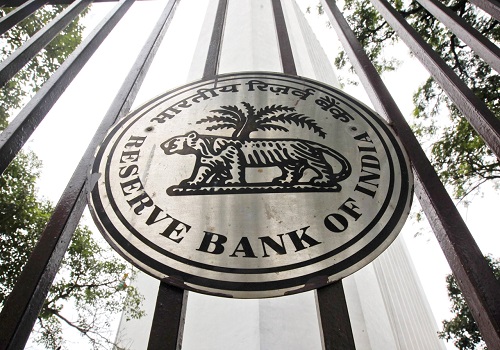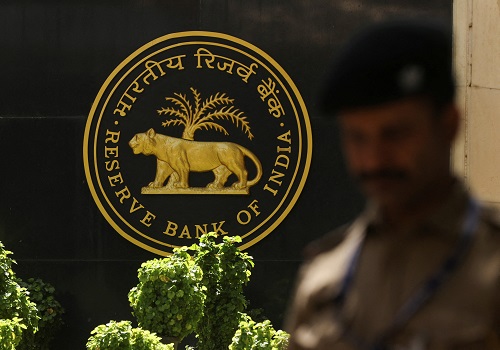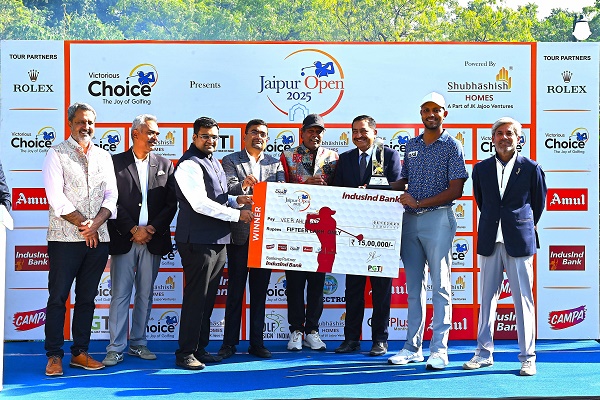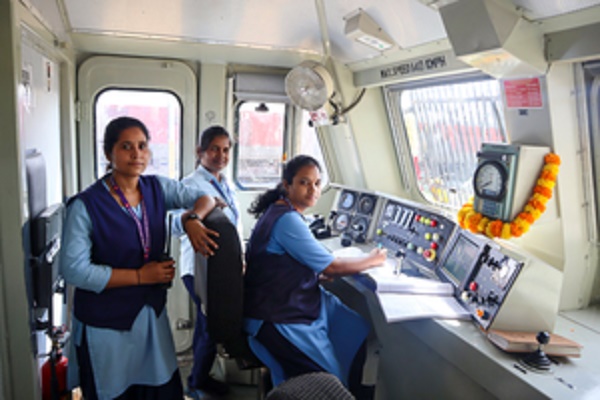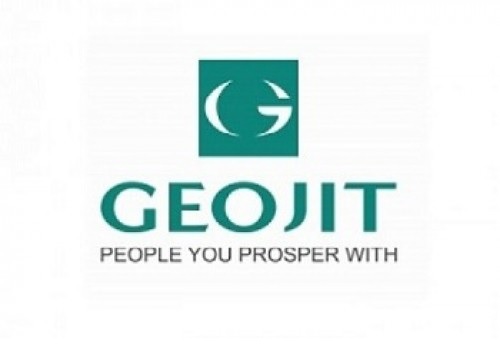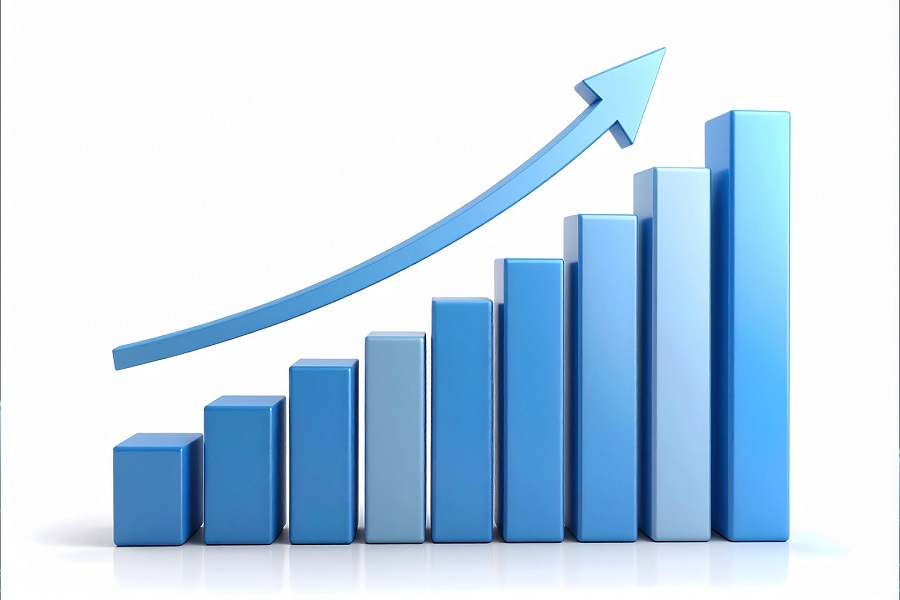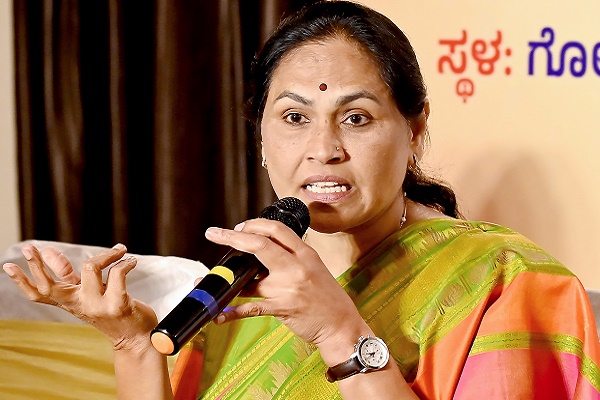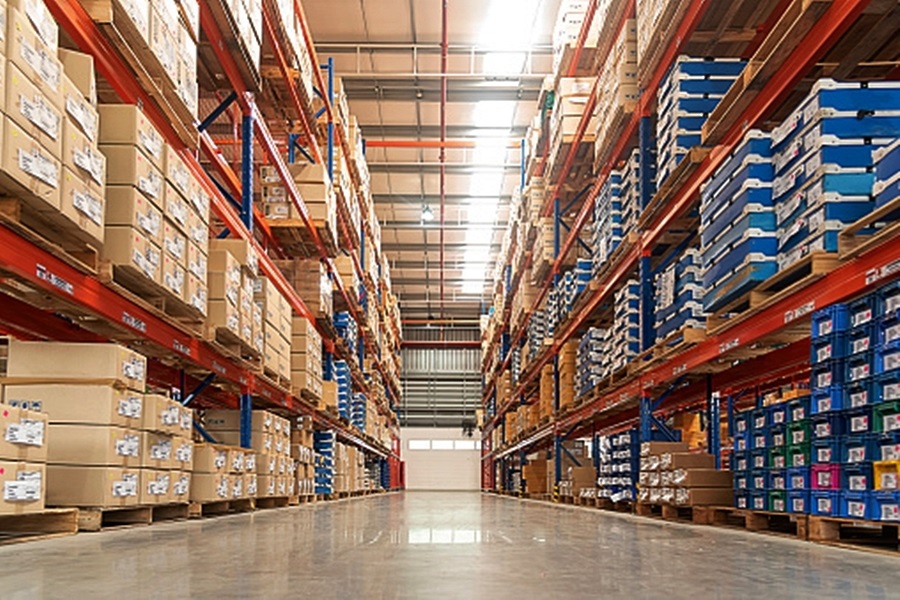Ride-sharing platforms` entry in food delivery poses early jitters to Zomato, Swiggy

The entry of ride-sharing companies into the online food delivery market in India pose early challenge to existing players like Zomato and Swiggy as in initial years, such companies can operate on much lower margins or at break-even, a report showed on Wednesday.
Rapido has announced its entry this month. ONDC was a similar risk in 2023 but it was not able to make a major dent in the duopoly structure of the food delivery industry, according to a note by HSBC Global Investment Research.
Average two-wheeler (2W) ride-sharing cost economics are not much different from food delivery (FD), while profit margins and industry size are much larger for food delivery compared to ride sharing.
“2W ride-sharing average order value (AOV) is around Rs 70, with contribution margin (CM) of around Rs 3-4. In comparison, revenue per FD order for Zomato is Rs 100-plus, while delivery costs are not much different,” the note read.
This makes FD an attractive venture for ride-sharing companies. However, maintaining customer experience, ability to execute and achieving scale remain as key challenges.
New entrants may acquire industry tail, which is not very profitable.
Average order value for FD is around Rs 350 (post discounts for Zomato), leading to revenues of Rs 100-plus and contribution margin of Rs 35 per order.
Average food order delivery costs from restaurant to home is Rs 65-70 which includes rider costs, discounts, gateway charges and other expenses like customer care.
“In comparison, 2W ride-sharing AOV is around Rs 70, and total variable costs are around Rs 65 as well. We assume this cost will increases a little for FD including discounts and customer support costs,” the note read.
So, ride-sharing companies face similar or slightly higher costs vs FD companies. However, in the early years, the ride-sharing companies can operate on much lower margins or at break-even.
Hence, costs could be either 4-5 per cent cheaper for the restaurant or result in free delivery for the customers.
Zomato delivers around 2.6 million food orders per day, and at that scale, it earns 4.4 per cent EBITDA margins. Of note, average food delivery prices are already around 30-35 per cent higher than dine-in prices.
This means that, even post discounts (on NOV), restaurants are charging around 15-20 per cent higher prices to the customers.
“On those prices, Zomato is charging around 25 per cent take-rate from restaurants and is further charging 4-5 per cent delivery charges as well to customers. This is nearly the highest fee compared to global peers,” the report said.
